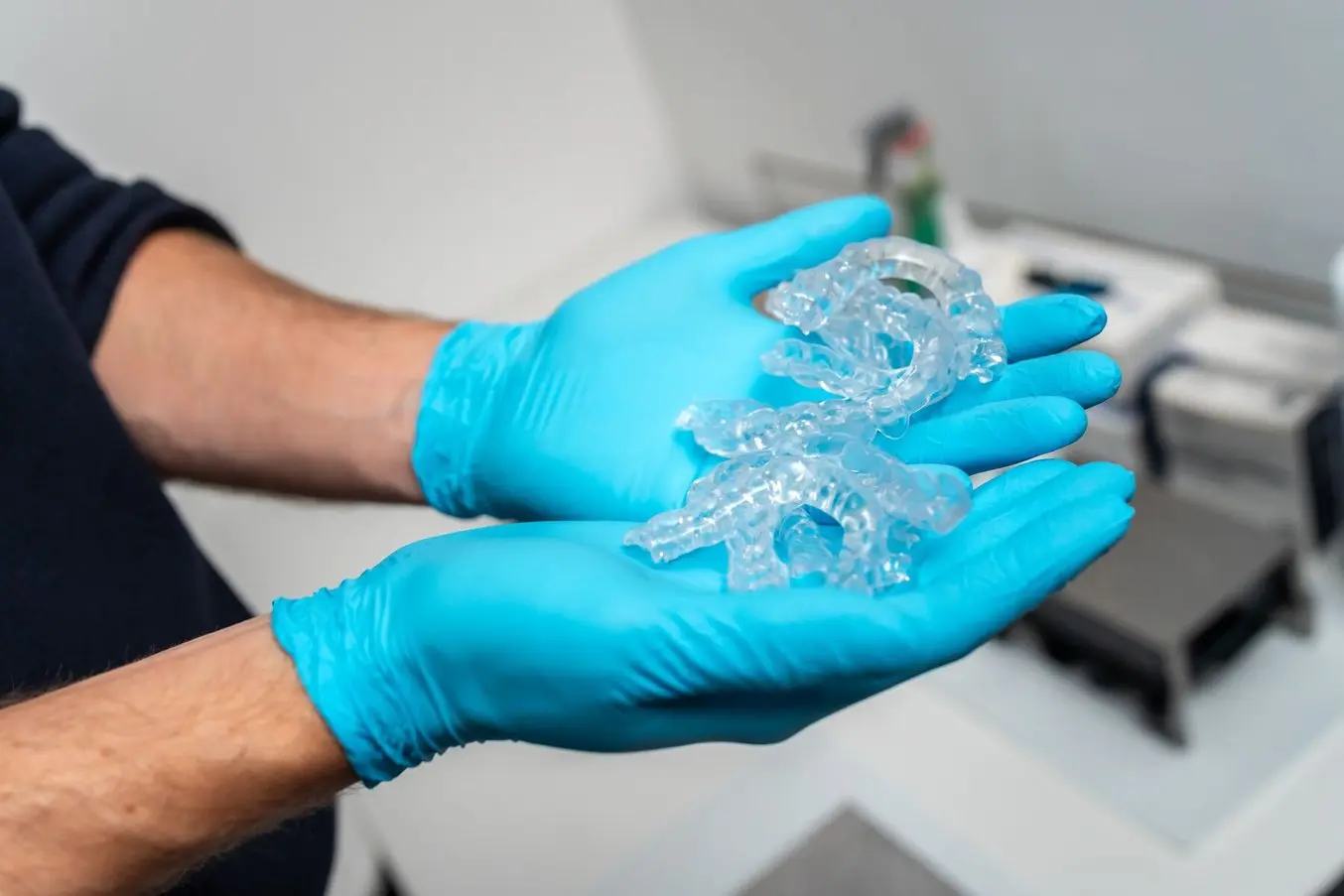
Implementing 3D printing workflows in your lab or practice can be a game changer for your business. However, with so many solutions now available, there can be a lot to weigh when selecting a 3D printer and materials, including regulatory implications. Understanding the basics of regulatory compliance when it comes to dental 3D printers, materials, and closed versus open ecosystems can help inform the risks you take when 3D printing dental appliances and parts.
Regulation depends on geography. Download our white paper, where we examine regulations in the United States of America and the European Union when it comes to using different resins classified as medical devices on 3D printers.
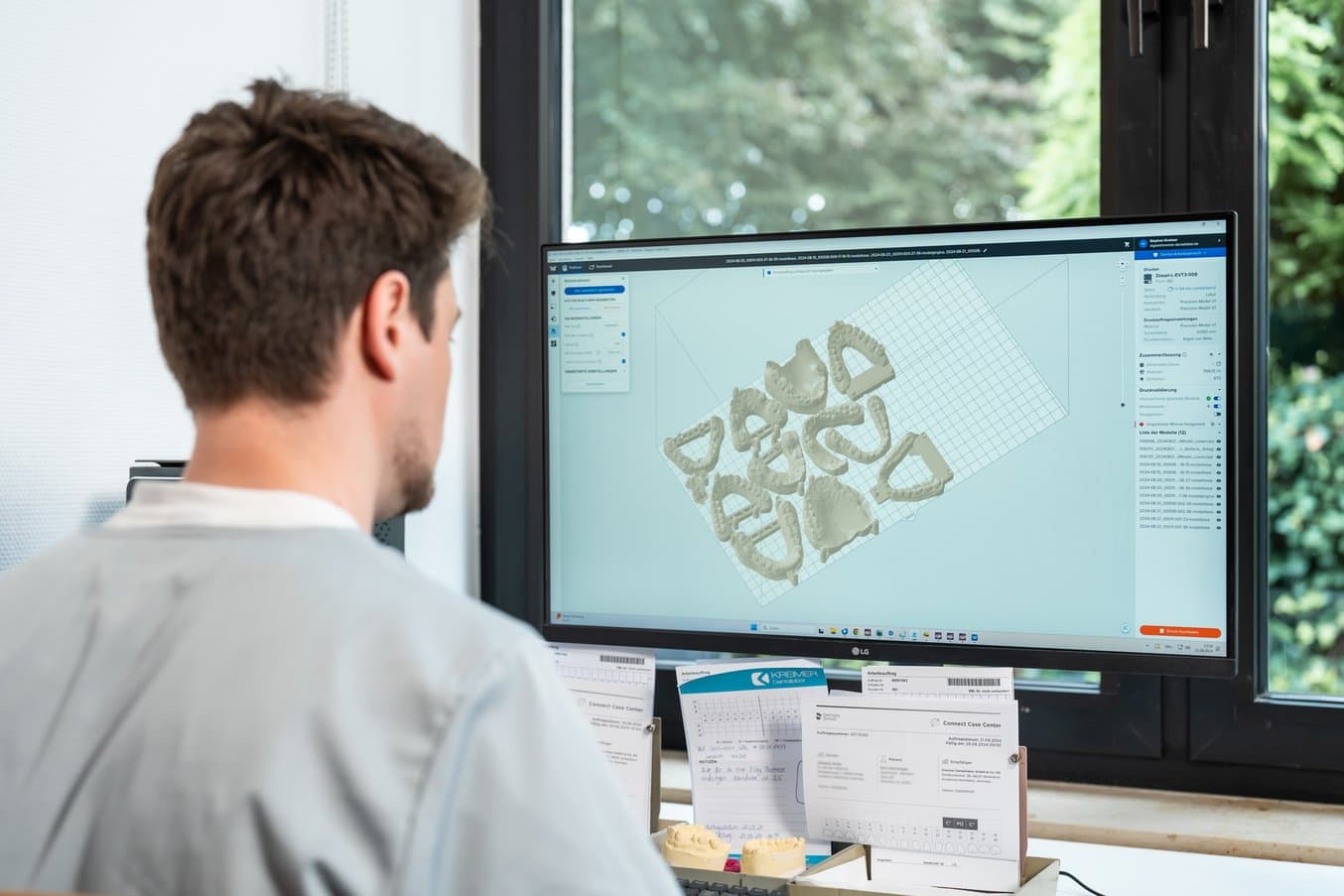
Talk to Our Dental Sales Team
Whether you need to produce occlusal splints in-house, or are looking for high-throughput production of dental models, we're here to help. The Formlabs Dental Team are dedicated specialists who know exactly how to support you and your company's needs.
What Is a Medical Device?
One of the first things to determine when using 3D printing in your dental business is if you are using a medical device. Some 3D printer resins are categorized as medical devices in the dental space. This means a one-liter cartridge of resin can be a medical device based on how it is regulated.
In the United States, per Section 201(h)(1) of the Food, Drug, and Cosmetic Act, a device is:
An instrument, apparatus, implement, machine, contrivance, implant, in vitro reagent, or other similar or related article, including a component part, or accessory which is:
A) recognized in the official National Formulary, or the United States Pharmacopoeia, or any supplement to them,
B) intended for use in the diagnosis of disease or other conditions, or in the cure, mitigation, treatment, or prevention of disease, in man or other animals, or
C) intended to affect the structure or any function of the body of man or other animals, and which does not achieve its primary intended purposes through chemical action within or on the body of man or other animals and which is not dependent upon being metabolized for the achievement of its primary intended purposes. The term "device" does not include software functions excluded pursuant to section 520(o).
In the European Union, per the Medical Device Regulations (MDR), “medical device” means any instrument, apparatus, appliance, software, implant, reagent, material or other article intended by the manufacturer to be used, alone or in combination, for human beings for one or more of the following specific medical purposes:
-
diagnosis, prevention, monitoring, prediction, prognosis, treatment or alleviation of disease, diagnosis, monitoring, treatment, alleviation of, or compensation for, an injury or disability,
-
investigation, replacement or modification of the anatomy or of a physiological or pathological process or state,
-
providing information by means of in vitro examination of specimens derived from the human body, including organ, blood and tissue donations,
and which does not achieve its principal intended action by pharmacological, immunological or metabolic means, in or on the human body, but which may be assisted in its function by such means.
Examples of Dental 3D Printing Resins Classified as Medical Devices
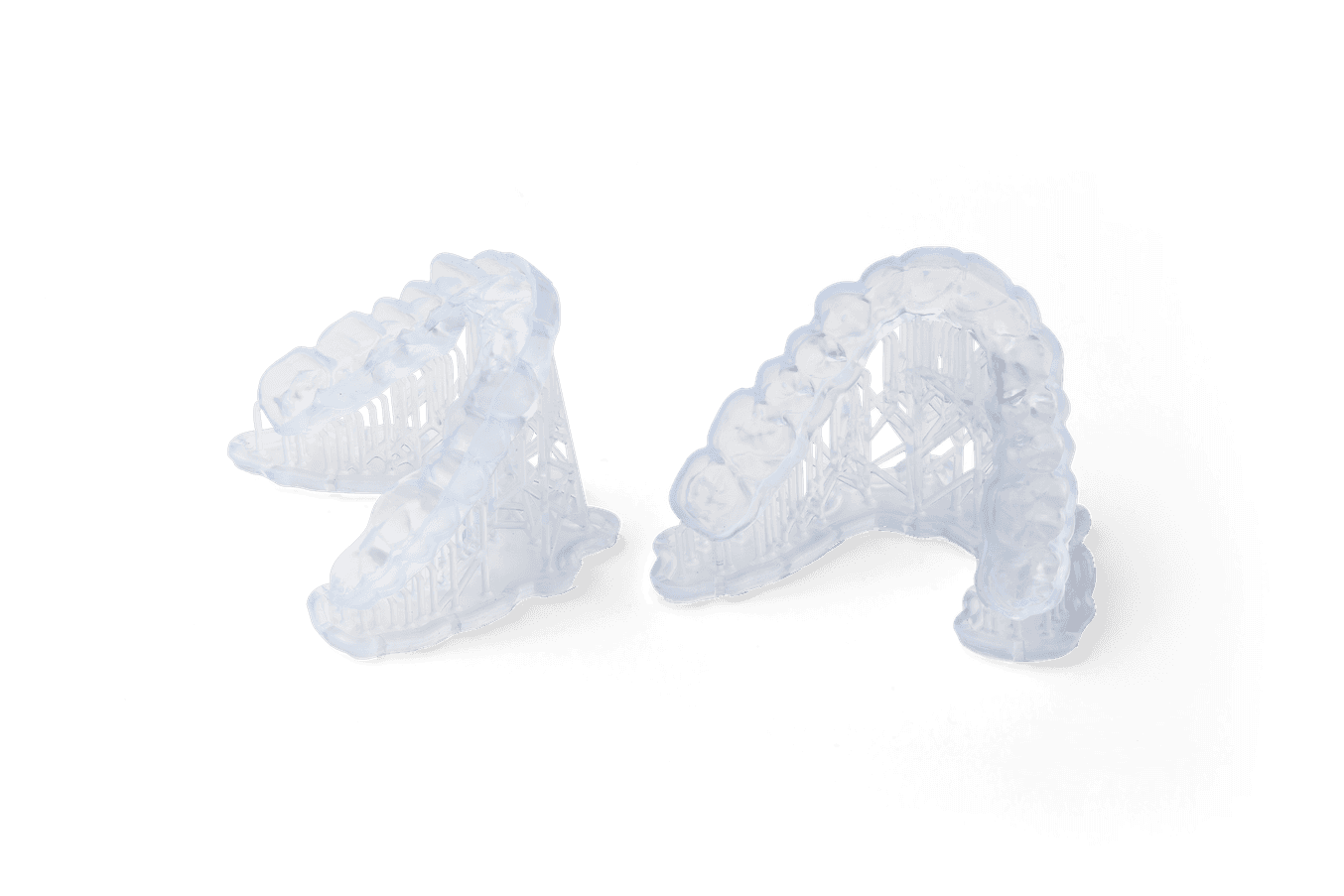
Resin for 3D printing flexible occlusal splints, occlusal guards, and bleaching trays
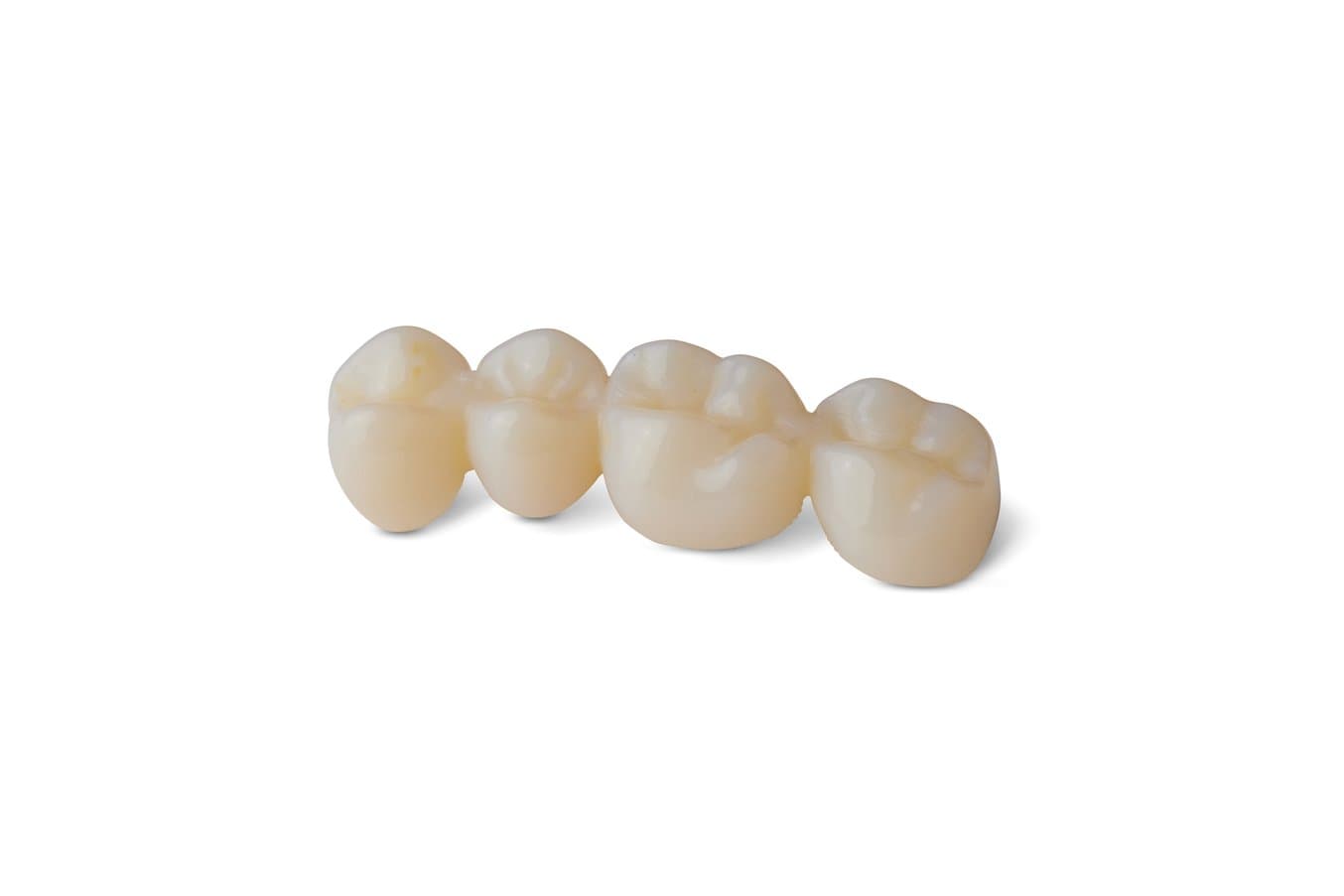
Resin for 3D printing denture teeth and full-arch implant-supported restorations (All-on-X appliances), temporary single units (crowns, inlays, onlays, veneers), and temporary bridges up to seven-units
Examples of Dental 3D Printing Resins That Are Not Medical Devices
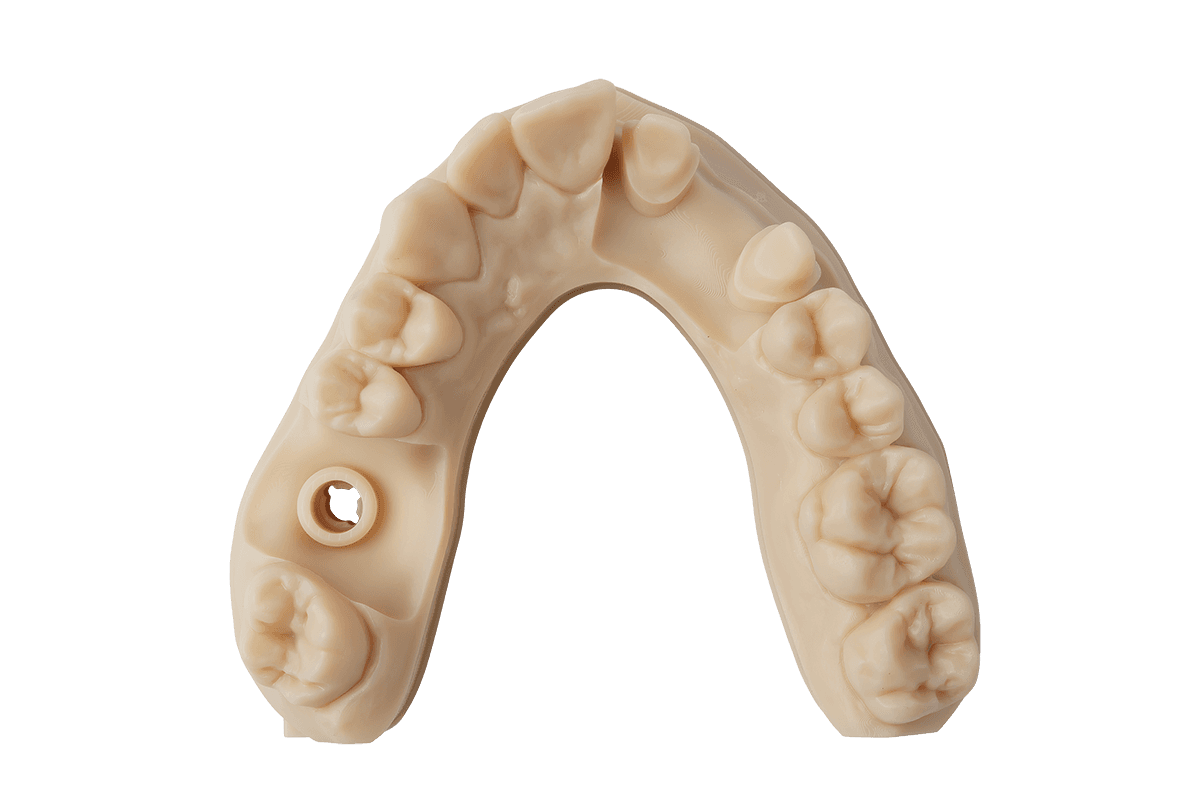
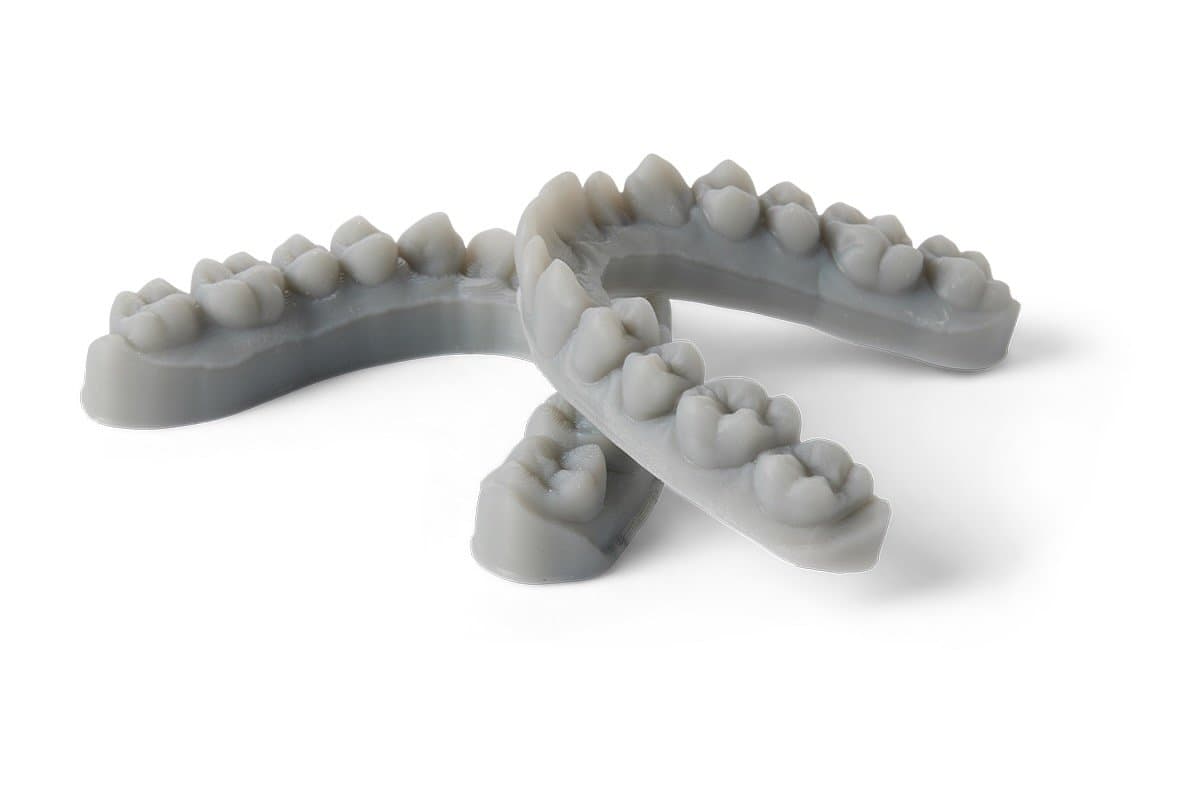
Resin for 3D printing dental models for thermoforming
Similar to other medical device manufacturers, manufacturers of dental resins that are classified as medical devices have the same responsibilities for their medical device products. Broadly, these responsibilities affect the design and development work and the manufacturing to ensure that the device will meet its intended purpose.
In 3D printing, these responsibilities include:
-
Developing the correct resin formula
-
Creating appropriate print settings
-
Verifying the print process for accuracy and mechanical properties
-
Ensuring biocompatibility, either through testing or rationalization, depending on the device categorization per ISO 10993-1
-
Providing necessary labeling for how to use the product
Additionally, medical device manufacturers are responsible for following the appropriate regulatory registrations in all the jurisdictions in which their materials are being sold. Based on the classification of the product, this can include a 510(k) clearance from the US FDA, or CE Marking for the EU.
A 510k is a submission to the FDA, where a manufacturer is trying to demonstrate substantial equivalence between their device and one already legally marketed. This means showing that the two devices are equivalent in terms of intended use, performance testing, technological characteristics, etc.
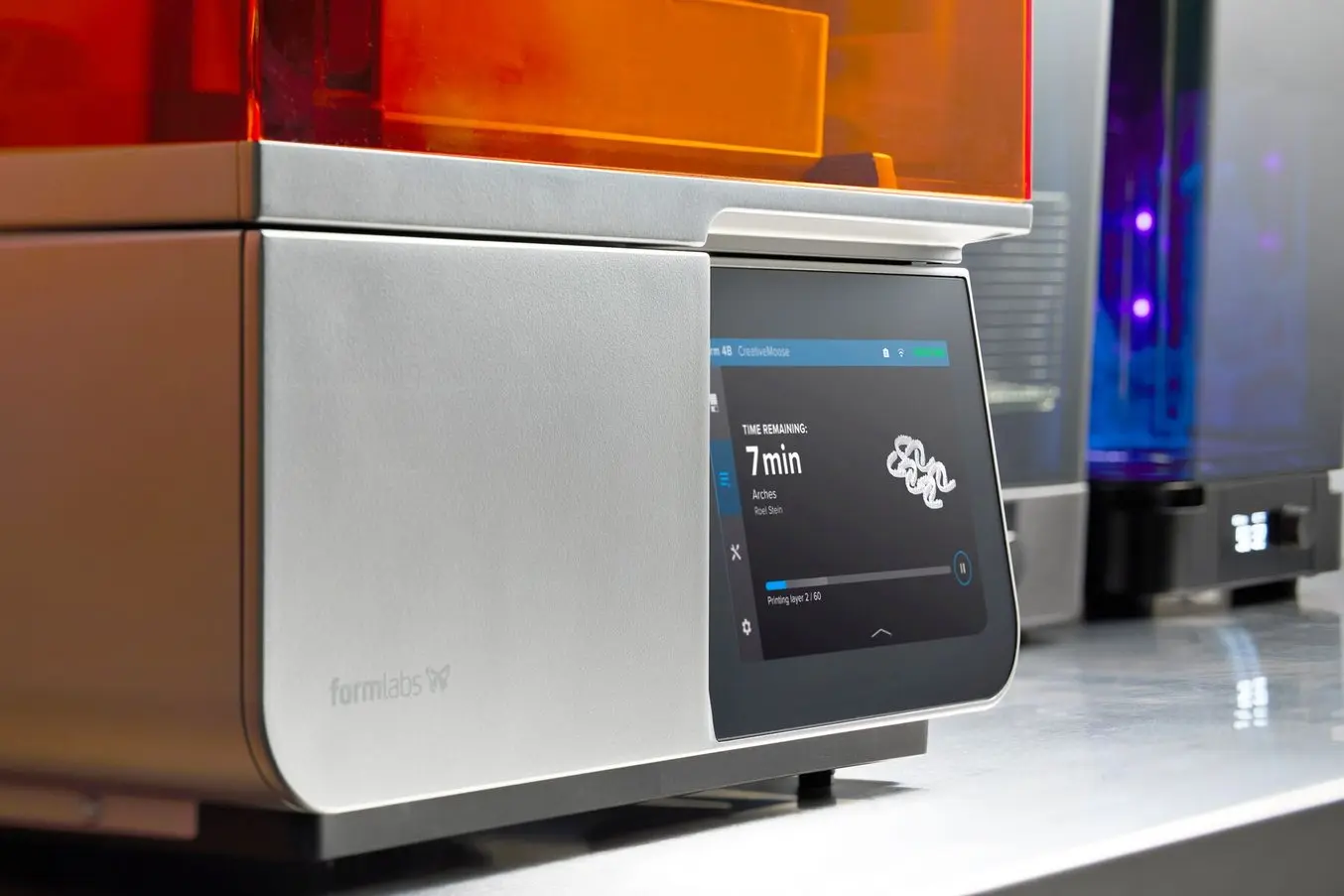
Product Demo: Form 4B Dental 3D Printer
Blazing speed meets unmatched accuracy in the next generation of dental 3D printing. Explore the latest innovations in our webinar.
MDR in the European Union
Within the European Union, under the requirements of the Medical Device Regulation (MDR), dental and orthodontic labs and practices are considered medical device manufacturers. Any product that constitutes a medical device must be made under an established quality system.
Under MDR, manufacturers must:
-
Meet all applicable items from the General Safety and Performance Requirements
-
Comply with all Post-Market Requirements appropriate for device type and risk classification. This is a continuous process of monitoring and collecting data on the safety and performance of medical devices, which may include trend reporting, complaints analysis, and post-market clinical follow-up.
-
Register as a device manufacturer (territory-specific)
-
Write up an Annex XIII statement (similar to a Declaration of Conformity)
-
Appoint a person responsible for regulatory compliance
“Even though MDR has been in effect for some time, there’s still a lack of complete clarity about the full extent of its implications.”
Stephan Kreimer, MDT, Kreimer Dentallabor
There are different levels of regulatory risk based on geographic location. In the United States, there is more leeway given to medical practitioners to do what they think is best for their patients. In the EU, a medical practitioner would still be held to the requirements of the EU MDR. As you deviate from the resin manufacturer’s instructions, whether that be print settings, post-processing, or indications for use, you take on more risk of the medical device.
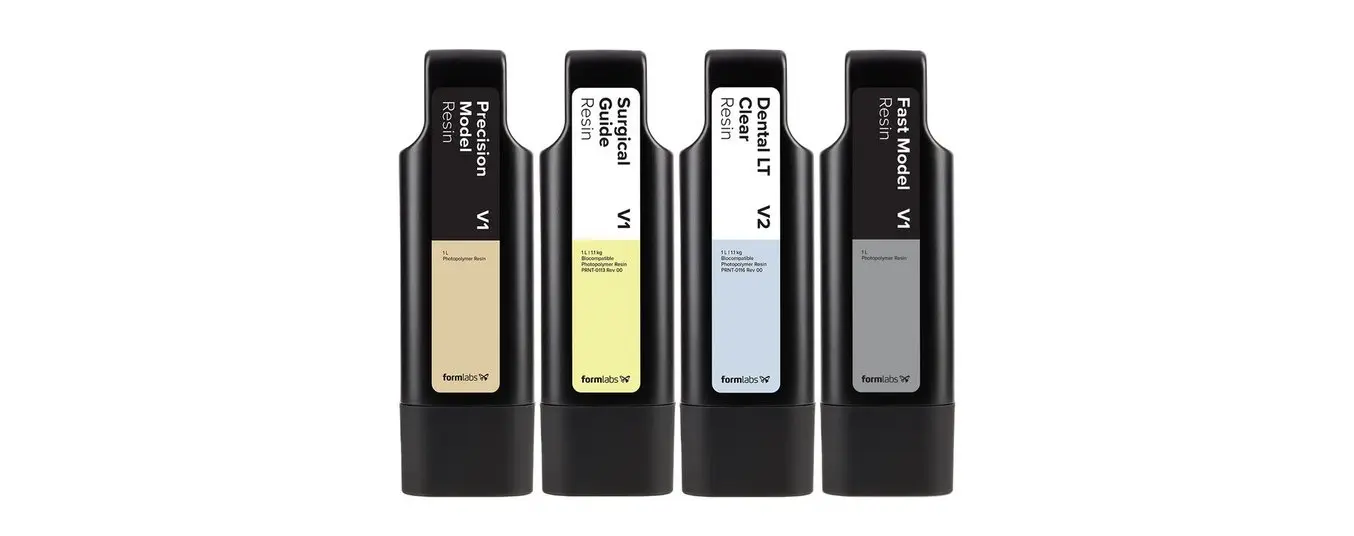
Formlabs Dental Materials Overview: Discover What You Can Print With the Form 4B
This webinar will guide you through the various benefits and applications enabled by Form 4B, including its existing biocompatible materials and newly developed formulations for model production such as Fast Model Resin and Precision Model Resin.
The Spectrum of Risk: US Labs and Practices
For dental professionals using medical device resins to print dental appliances, the tools, materials, and workflows followed exist on a spectrum of risk. Some choices of 3D printing ecosystem and materials won’t add any risk to a business. Other choices can shift the risk from the resin manufacturer to the business or user doing the 3D printing.
Below, we outline common scenarios and the level of regulatory risk the user takes on for each.
| Resin Indicated for Dental Application | Resin from 3D Printer Company | User Using Validated Workflow | Regulatory Risk for the User |
|---|---|---|---|
| ✓ | ✓ | ✓ | Low |
| ✓ | ✓ | X | Moderate |
| ✓ | X | ✓ | Low to moderate |
| ✓ | X | X | Moderate |
| X | X | X | Moderate to high |
To dive into these scenarios, download the white paper.
Formlabs’ Approach to Dental Resins
Formlabs chooses to address the dental resin market with three unique offerings:
-
In-house materials that Formlabs develops: 15+ dental resins for a range of applications
-
Certified third-party materials: When an existing resin on the market is identified that fills a gap in our portfolio we work closely with the manufacturer to ensure the material works appropriately on our printers.
-
Open Material Mode: Allows a user to print with any 405 nm photopolymer resin on a Formlabs 3D printer. This product provides expert users with full access to third-party materials, empowering them to explore endless new possibilities. The resin manufacturer is ultimately responsible for the product and any regulatory certifications that are needed.
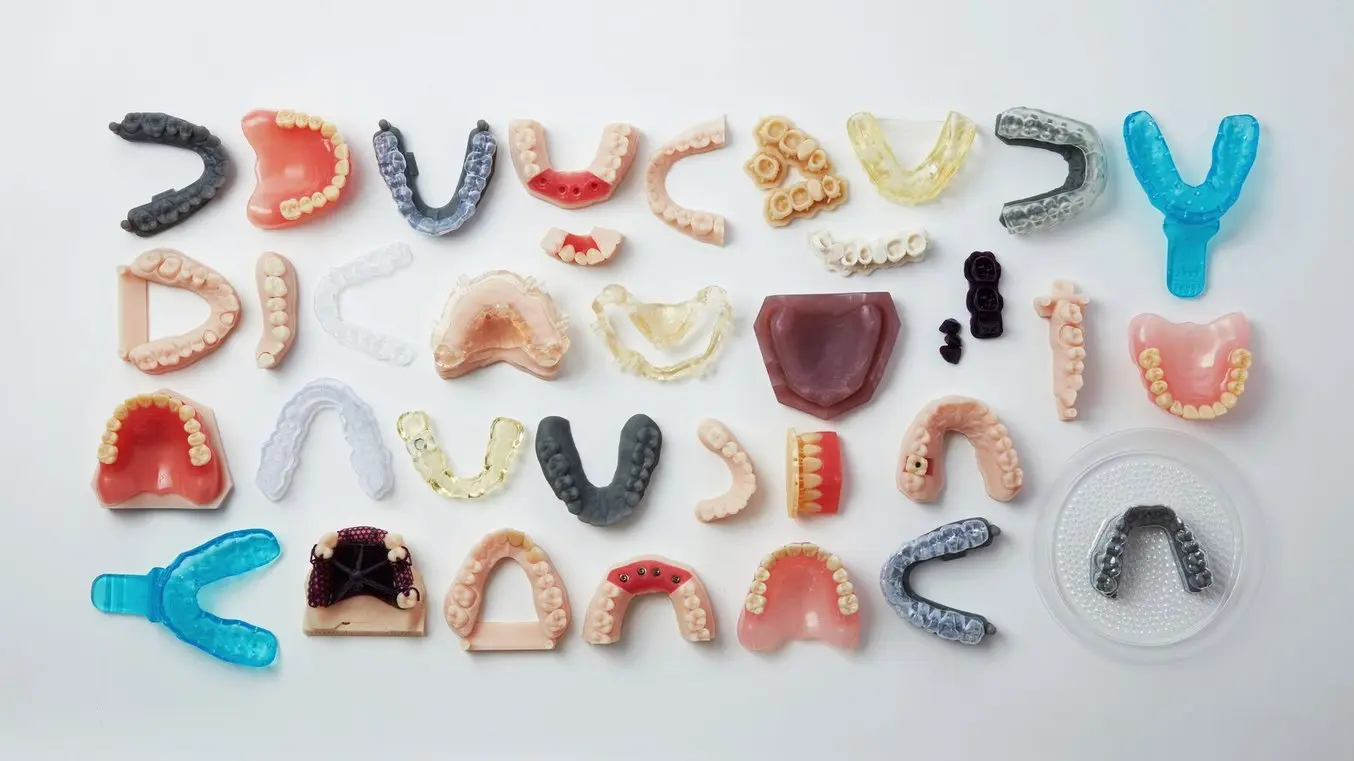
The Formlabs Dental materials library includes 15+ resins for a range of applications.
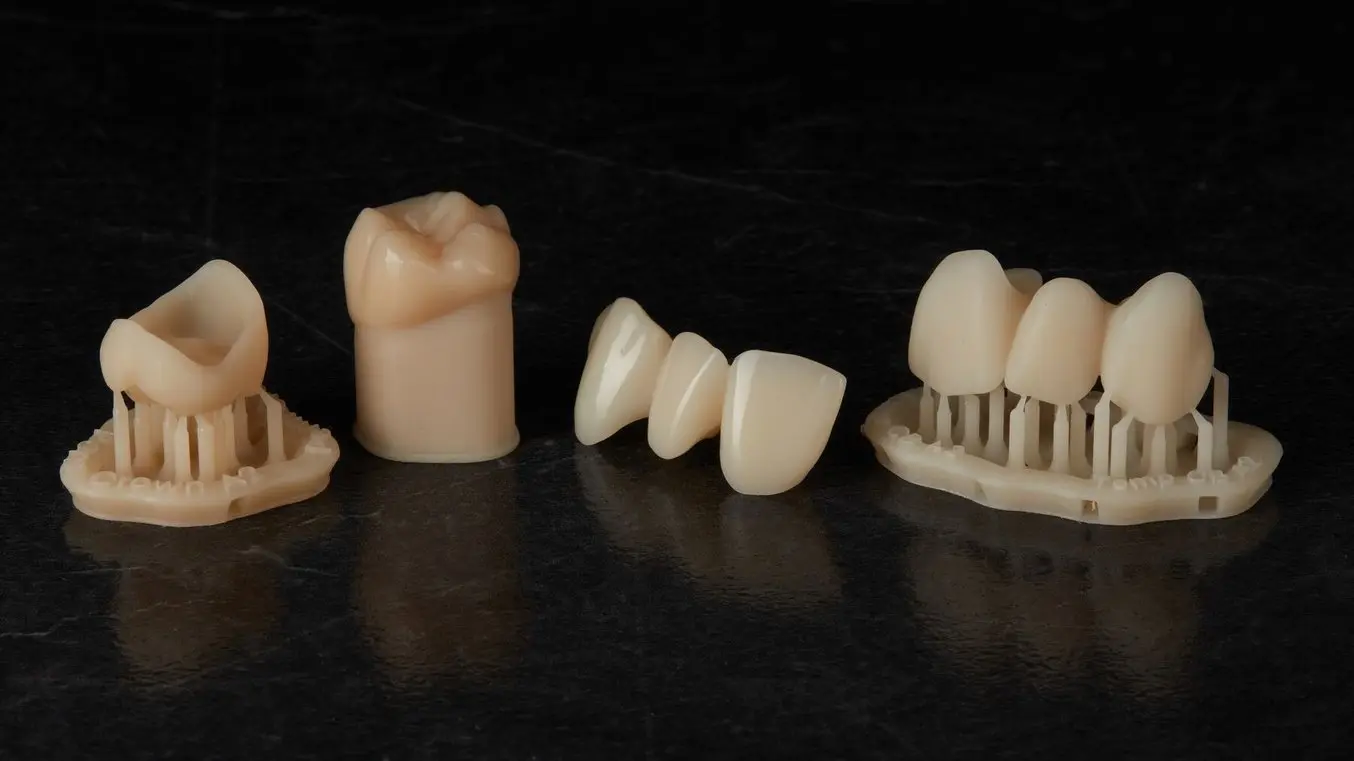
BEGO™ VarseoSmile® TriniQ® Resin is an example of a certified third-party material and is indicated for temporary and permanent single units (crowns, inlays, onlays, and veneers), bridges, and denture teeth.
The approach Formlabs takes allows our users to choose what is best for their business. Many printer ecosystems are only open or closed; Formlabs’ unique platform blends the best of both models to provide one solution for all your printing needs.
“Nowadays in Europe, there is very strict regulation of 3D printing medical devices, the MDR. I prefer to print with Formlabs because the workflow is validated and the resins that will be printed are certified.”
Dr. Antonino Cacioppo, DDS, PhD, Prosthodontist
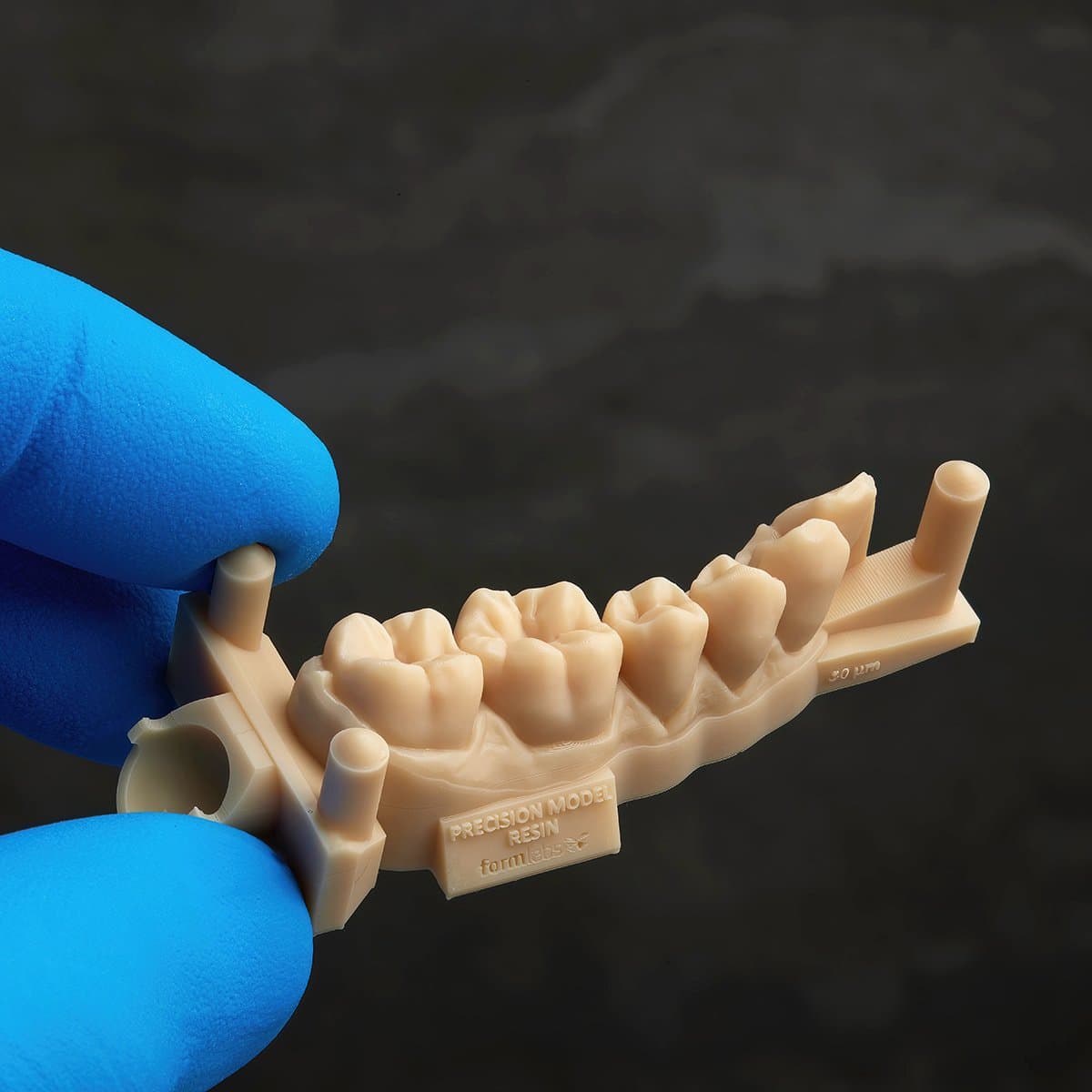
Request a Free Sample Part
See and feel Formlabs quality firsthand. We’ll ship a free 3D printed sample part printed on the Form 4B to your office.
Understanding Your Risk
“We only use biocompatible and certified systems because we want to be ready for regulations. With a certified workflow, we can ensure the quality of our printings. Plus, biocompatibility testing ensures that we are prioritizing patient safety.”
Dr. Édouard Lanoiselée, DDS, Cabinet dentaire de Nozay
When printing with materials considered medical devices, dental and orthodontic labs and practices take on varying degrees of regulatory risk. By understanding the implications of what is being printed, dental professionals can better serve their patients and grow their business.
Download the complete white paper to learn more or request a free sample part to evaluate Formlabs Dental resins for yourself. If you have questions about regulatory risk, schedule an appointment with our regulatory affairs and quality assurance (RAQA) team.